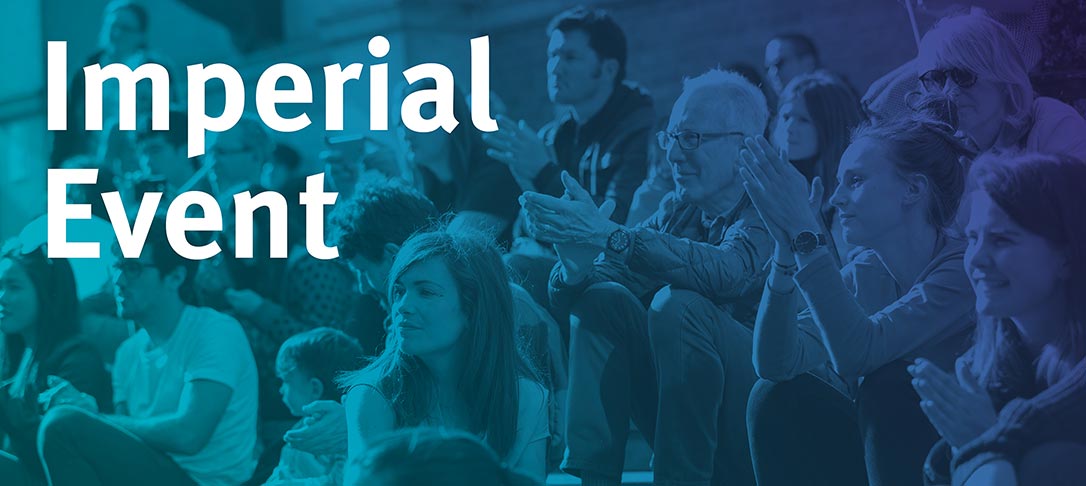
Abstract
Observations are super valuable! However, sometimes experiments offer more insights, as inferring causal relationships from observations alone could be challenging. For example, it is difficult to quantify the impact of anthropogenic aerosols on clouds as weather strongly controls both the properties of aerosols and clouds. Controlled experiments allow to study causality, but controlled experiments are often impossible or difficult to perform in climate research. In contrast, natural experiments provide experiment-like settings without intervention by a researcher. At air pollution hot spots, the properties of polluted clouds retrieved from satellite observations can be compared to unpolluted clouds just a few kilometres away. A short distance between the polluted experiment and unpolluted control regions ensures the weather conditions are similar and just the air pollution levels are changing. Natural experiments have confirmed aerosol-induced brightening of liquid-phase clouds. Recent research revealed the glaciation of supercooled liquid-phase clouds, snowfall and reduced cloud cover at anthropogenic air pollution hot spots.


